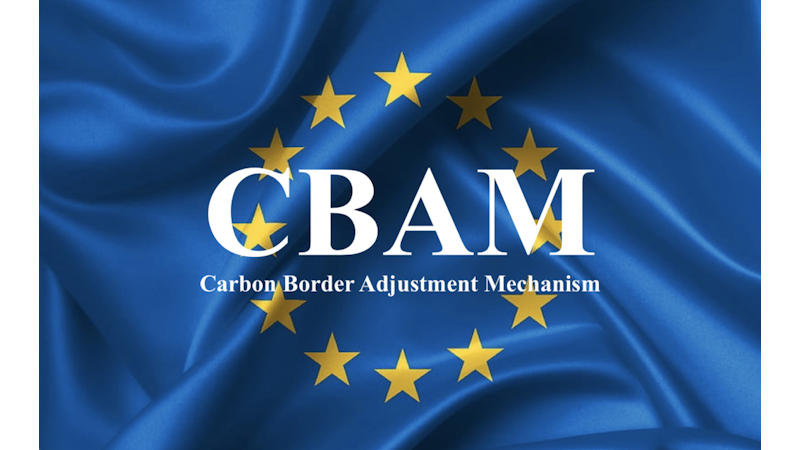As the transitional phase of the EU Carbon Border Adjustment Mechanism (CBAM) moves toward its definitive implementation in January 2026, the European Association of Non-Integrated Metal Importers & Distributors (EURANIMI) is raising urgent concerns over a critical piece of missing policy: the benchmark values for stainless steel. These values will directly determine the carbon cost levied on imported stainless steel — and with potential differences of up to €100 per tonne, the stakes are high.
Under CBAM’s current framework, scrap used as a feedstock is assigned zero “process” emissions, which could set the benchmark at a strikingly low 0.3 tCO₂ per tonne. In contrast, a benchmark closer to global production averages might amount to 1.5 tCO₂ per tonne.
As such, imported stainless steel products are likely to bear a disproportionately high CBAM cost if the EU opts for a benchmark based solely on EAF. While EAF is clearly the cleanest option, it would be intellectually dishonest to assume that growing global demand can solely be met with scrap-based production.


